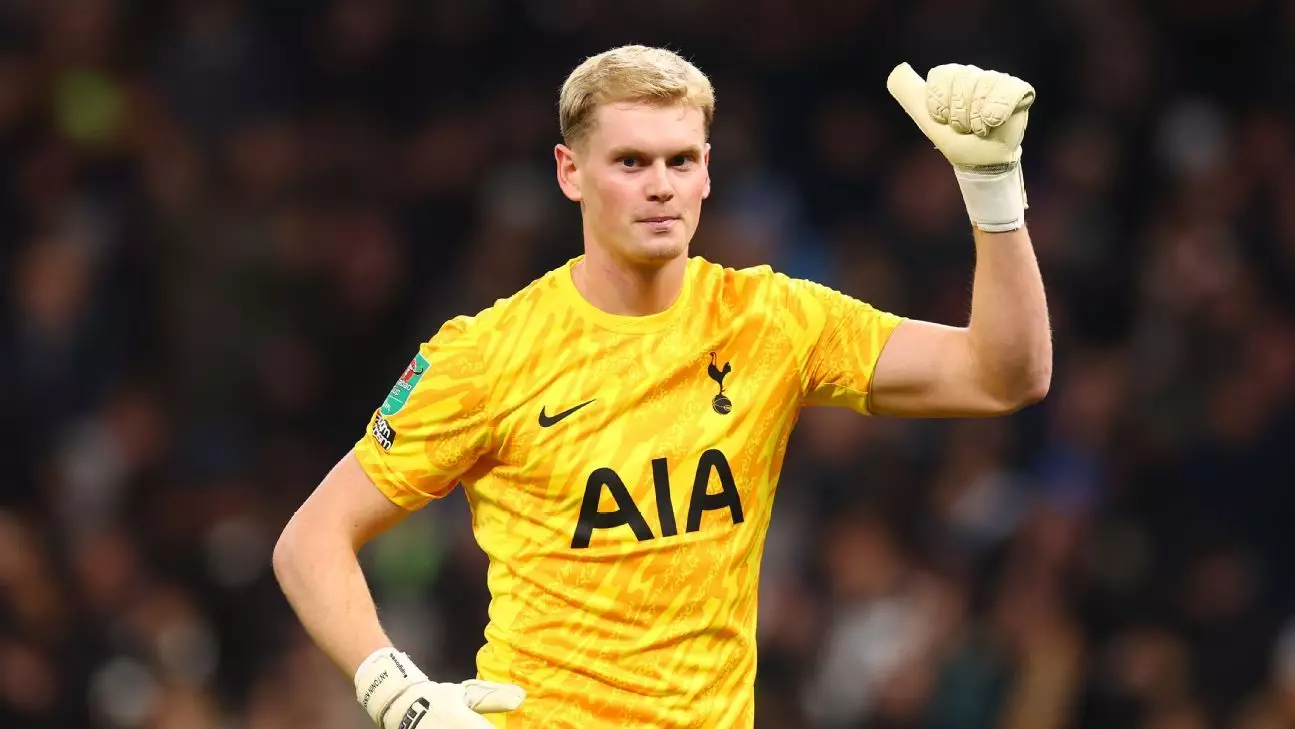As the summer transfer window drew to a close, Premier League clubs engaged in a record-smashing spending spree, totaling nearly £2 billion. This extravagant financial maneuvering sheds light not only on the aspirations of these clubs but also raises questions about the strategic direction involved, especially when juxtaposed with the remarkably low spending observed during the previous January window. With the dust settling on a flurry of notable transfers, we take an in-depth look at how these moves stack up and the implications they carry for the 2025 season.
The financial landscape of the Premier League continues to shift dramatically. Following a somewhat restrained January window with just £96.2 million spent—the lowest in three years—clubs have shown a clear intent to bolster their squads significantly this summer. This shift seems to reflect the growing awareness among clubs of the need to improve their on-field performance through strategic acquisitions, as they grapple with the fierce competition that defines the Premier League.
In this regard, Bournemouth’s acquisition of a promising young left-back from Lanús exemplifies this strategic foresight. With their current left-back, Milos Kerkez, attracting attention from Europe’s elite clubs, Bournemouth acted decisively to secure talent before the market could drive prices up further. The potential value of the deal could rise significantly, indicating smart business operations amid a landscape characterized by inflated prices.
The New Wave of Goalkeeper Signings
The saga of goalkeeper acquisitions in the Premier League has taken an intriguing turn with several clubs looking to strengthen this pivotal position. Tottenham’s signing of Kinsky, amidst concerns over their current goalkeeping depth exacerbated by Guglielmo Vicario’s injury, demonstrates a proactive approach. Kinsky is viewed not merely as a backup but as a player who can contribute to the team immediately. His proven long distribution and proficiency with both feet pique interest as he embarks on this career-defining journey.
Moreover, with Fraser Forster’s limitations in fit into Ange Postecoglou’s tactical setup becoming clear, Kinsky has the potential to evolve rapidly within that system. This aligns with Tottenham’s ambition to build a robust squad capable of competing not just in domestic leagues but also in European competitions.
At the heart of this summer’s transfer dealings is the risk-reward analysis that clubs are increasingly employing in their recruitment strategies. Signing young talents, such as Yang from Gangwon FC by Spurs, signifies a shift towards long-term investment in potential rather than merely filling immediate gaps with seasoned players. Yang’s accolades as the Korean League Young Player of the Year coupled with his admirable performance metrics highlight the wealth of untapped potential, making the relatively modest fee paid for him seem like a prudent gamble.
On the other side, Brighton’s quick acquisition of Gómez reflects the trend of clubs scouting worldwide for emerging talent. Gómez’s rapid transition from Paraguay to MLS and then the Premier League underscores the mobility of footballer careers today, as clubs are more willing to take chance on talents that carry the magic of a strong on-pitch connection, such as that seen with Lionel Messi during their time at Inter Miami.
Looking ahead, the ramifications of this summer’s transfer strategies extend beyond the immediate season. The contrast with January’s paltry figures suggests that Premier League clubs are recognizing the need for adaptive strategies in player recruitment. Clubs are learning to navigate the shifting dynamics of finding value while balancing the urgency of improving performance vis-à-vis the financial realities imposed by inflation in player fees.
As we approach 2025, it will be critical to observe how successfully clubs implement their long-term visions, having invested heavily in talent that ideally should pay off in both the short and long term. The 2023 summer transfer window may well be remembered not just for the sheer scale of spending but for the pivotal shifts in strategy that have emerged within England’s top-tier football.
The journey through the world of transfers is unfolding, one that can alter the fortunes of clubs across the league with every calculated decision. The blend of young potential and established names may very well dictate who emerges victorious in the challenges ahead.

Leave a Reply